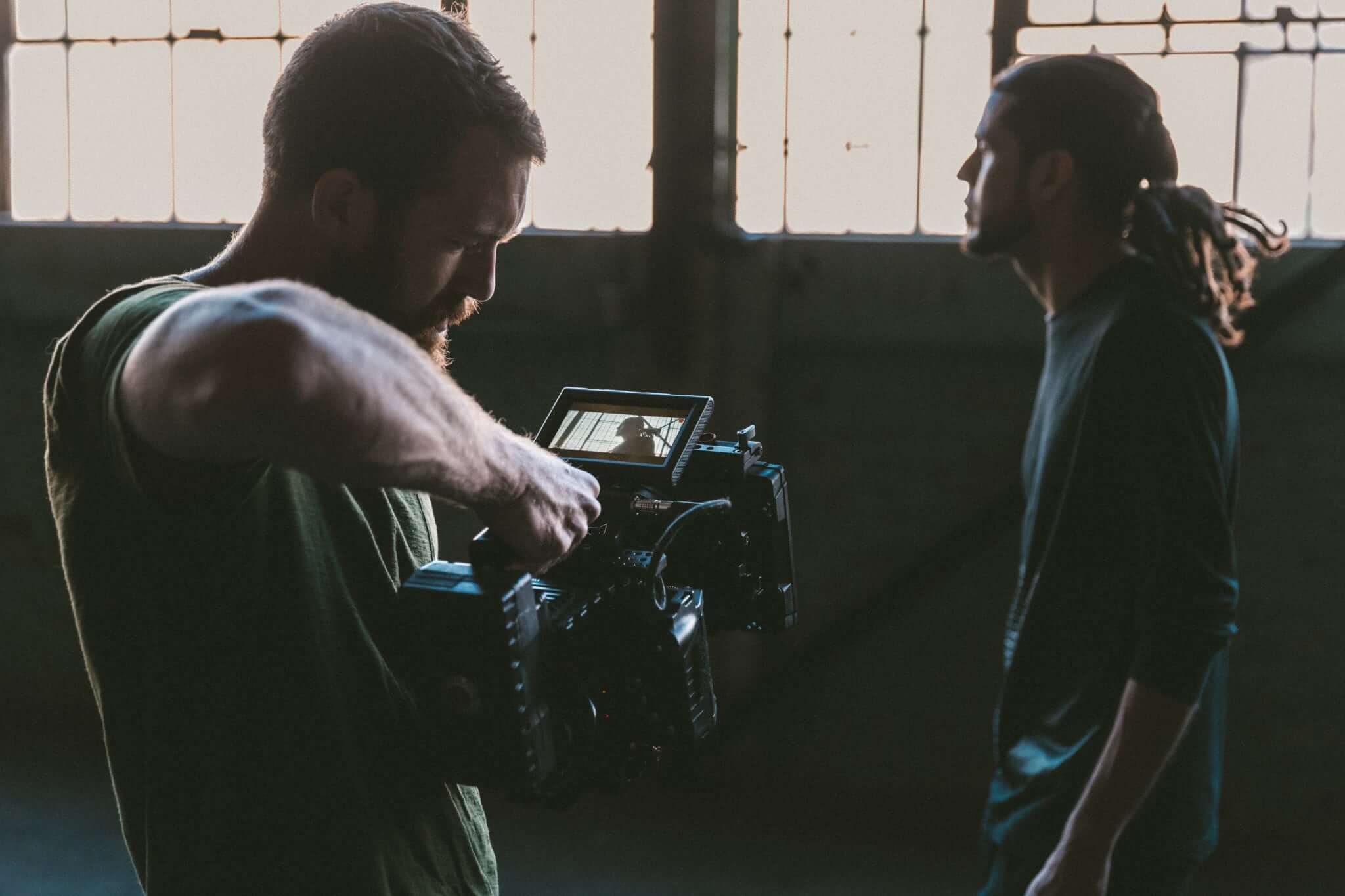Video is a powerful tool that can sway consumers at every stage in the buyer’s journey. Learn how to effectively use this tactic.
Establishing an effective content marketing program requires a data-backed strategy that guides the tactics and execution. Understanding the buyer’s journey and its nuances as it relates to your product or service is essential to planning an effective content marketing strategy. Video has gained momentum as an effective content marketing tactic because it facilitates trust between a brand and its customers through visual appeal. Businesses can utilize this tactic at every stage of the buyer’s journey – from awareness to decision – to build a relationship with prospects.
The Cisco Visual Networking Index reports that worldwide video internet traffic will be responsible for over 80% of total consumer internet traffic by 2020. Businesses can use the roadmap below as a guide for utilizing video to engage with customers along every stage of the buyer’s journey.
Awareness Stage
What it is: This is where a consumer or business becomes aware of a possible need or problem.
Why Video is Important Here: Using video at the awareness stage can help you build the story you want around your business, products, services, and mission. An explainer video can enable you to weave a narrative that shows your unique selling proposition and why you stand out from your competitors. Using human elements – whether voiceover or via a “talking head” – can also help build trust as people relate to other people. These videos can be posted on your e-commerce blog (check out Shopify for help here) for maximum impact.
How-to videos can also play an important role at this stage, as the buyer is just now identifying a problem and is looking for guidance on how to go about solving it. It also positions your brand or company as an authoritative figure and thought leader on the subject, making your products and services more appealing as a potential solution. Video now accounts for 70% of the top 100 search results, so it’s a great way to drive awareness for your business.
Consideration Stage
What it is: This is the stage where the buyer confirms and defines the problem and begins seeking information about potential solutions.
Why Video is Important Here: The buyer is now actively researching solutions to their pain point or problem, so your top priority with video should be to aid them in any way possible. You want to educate the viewers about how your business/product/service is a potential solution to their problem – and why it’s better than the competition. Video types to consider here include product comparisons and live demonstration videos. The former highlights your product or service benefits and features against the competition. Obviously, you want your solution to be presented in a positive light, so play into the top features. A whiteboard video could be useful here. With live demonstration videos, you could illustrate how your product works or present an online demo of your service. You can use a tool such as Animoto, which offer insights into your videos performance and help you to create video content that truly moves the needle. Providing viewers with the ins and outs of what you offer can make it easier for them to picture themselves actually using it.
Decision Stage
What it is: This stage is where the buyer creates a shortlist of potential solutions before finally deciding upon the one best-suited for his needs.
Why Video is Important Here: The prospect now has a good idea of what solutions are available to his problem. He’s done the research and has narrowed his list down to a few options. Video at this stage can make or break the sale. Since the prospect thoroughly understands the problem and solutions, he’s now looking for fireworks – something that solidifies his decision. Visual testimonials can be a strong selling point here. Seeing others talk about how great your product or service is can be the tipping point for many buyers. Similarly, visual case studies that demonstrate in real terms how your product or service was able to solve another company’s problem can seal the deal.
Video can be a standout tactic to help nurture prospects through the buyer’s journey. Take into account the fact that people who watch product videos are 64-85% more likely to buy. Videos are compelling and can spur action at any stage in the buyer’s journey.

